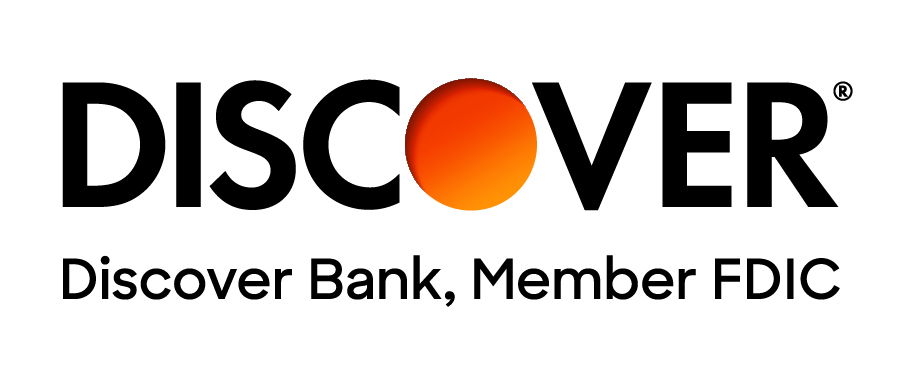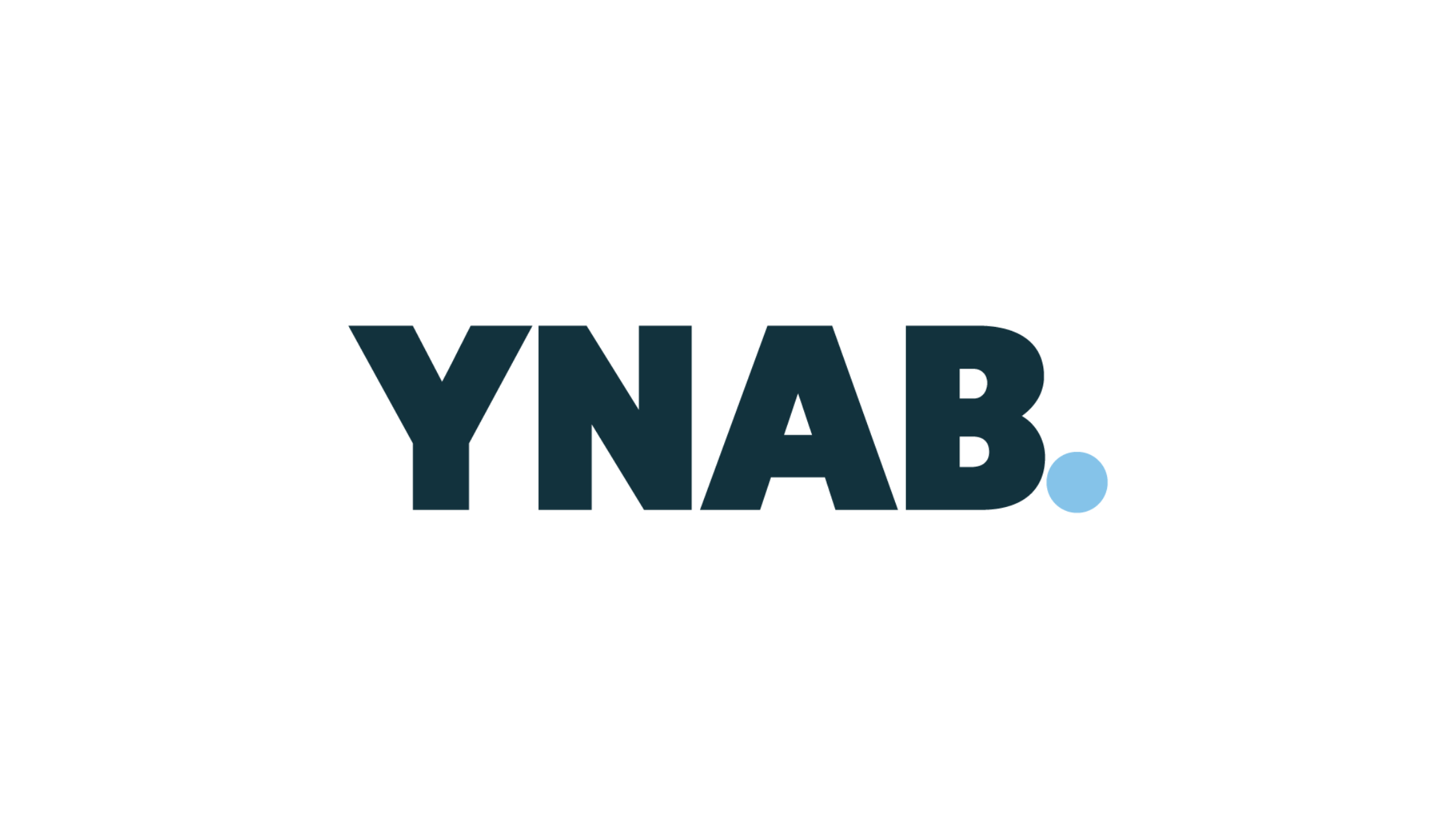Having federal student loans discharged through bankruptcy is difficult but not unattainable. It involves legally eliminating the obligation to repay certain debts, including both federal and private student loans. The main hurdle is demonstrating that repaying a "qualified education loan" would create undue hardship for you and your dependents. However, the term "undue hardship" lacks a clear definition in the US Bankruptcy Code, making the process more complex. Although cases of student loan discharge in bankruptcy do happen, borrowers often face significant obstacles when pursuing loan forgiveness. Ultimately, the outcome depends on how the bankruptcy judge interprets undue hardship in your specific case.
Nonetheless, for those facing extreme financial difficulties, exploring this option can provide a chance for financial relief and a fresh start.
Take an in-depth look at the History of the Non-Dischargeability of Student Loans
Options before Declaring Bankruptcy
Bankruptcy is meant to free you from crushing debt. Even though it seems like that may be liberating, you just need to be aware that bankruptcy may not be an effective tool when it comes to student loans. If you are feeling overwhelmed by your student loan payment, try exploring other options to help you stay current and maintain financial independence.
Repayment Plans
No matter if you have a federal or private student loan, there are repayment plans that may be available to you. You may have the option to choose a plan that best fits your financial needs and helps you to pay off your loan in an efficient manner. Repayment options are dependent upon if you are still in school or if you are in repayment. Not all private lenders offer multiple repayment plans. And if you’ve already defaulted on your student loan, your options may be more limited.
Learn More >>> Repayment Plans for Private Student Loans
When it comes to federal student loans, there are many flexible repayment options to help you successfully manage your student debt. Federal student loans also give you the option to change your repayment plan, so talk with your loan servicer to see what options are available for you.
Right now, the U.S. Department of Education is offering defaulted federal student loan borrowers a Fresh Start. This is a one-time program offered for a limited time, so it is recommended that you contact your federal student loan holder to get a Fresh Start. This will only help you with a defaulted federal student loan.
Check out more information on Federal Student Loan Repayment Plans
Repayment plans offer different options based on what will be most advantageous for your life. Standard, traditional repayment options base your monthly payments off your outstanding debt as well as the repayment term of your loan. Income-driven repayment plans determine your monthly payment based on your income, family size, state of residence, and sometimes even the income of you and your spouse. Your repayment term may be drawn out to as long as 20 or 30 years.
Consolidate or Refinance
When you have multiple student loans, you have the option to combine the loans into a single loan and a single monthly payment which can make repayment more manageable. If you are holding multiple federal student loans, a Direct Consolidation Loan may be available to you. A Direct Consolidation Loan may also extend your repayment term to up to 30 years, which may help lower your monthly payments and make them more manageable, however, the longer repayment term will increase the cost of the loan overall.
Those looking to consolidate existing private student loans or a combination of private and federal student loans will need to explore refinancing with a private loan lender. Refinancing your loans with a private lender may not be an option for everyone, because a private student loan refinance will require you to qualify based on your credit. If you’ve been struggling to keep up and missed payments on your student loans and other debt, your credit may have taken a negative hit. Many private student loan refinance lenders require at least a FICO® credit score of 670, two years of employment history, and a review of your debt-to-income ratio. If you are unable to qualify on your own, you may want to consider applying with a creditworthy cosigner.
Refinancing allows you to compare lenders’ interest rates, origination fees, and borrowing limits. You can combine your federal and private loans into one monthly payment which may help you save money. It’s important to know, that refinancing federal loans with a private lender will forfeit your federal loan benefits.
Ask For a Deferment or Forbearance
If you encounter a metaphorical bump in your life, it may be appropriate to contact your loan servicer and ask for a deferment or forbearance. This will temporarily suspend your obligation to repay your loan for short periods of time. While this may seem like a useful answer, you should understand how the interest on your loan will continue to accrue.
Federal student loans have many types of deferments, each with their own sets of eligibility criteria. If you have a subsidized federal student loan in an eligible deferment, the federal government will pay the interest. The interest on unsubsidized loans, such as PLUS Loans and Direct Unsubsidized Loans, will remain your responsibility, even if your loan is in deferment. And if your loan is in a forbearance, it doesn’t matter what type of federal student loan you have, as your loan will continue to accrue interest—interest you will be responsible to repay.
Some private and federal loans, offer a six-month grace period t after graduation, when you leave school, or drop below half-time enrollment. (Older Stafford Loans may have a 9- to 12- month grace period—check your promissory note.) The grace period is allotted to the borrower to allow them time, 6 months before they are required to make payments – it is a waiting period. During this time, most loans will accrue interest. If you choose not to pay the accumulated interest, it will accrue (be added to the principal balance).
Discharging My Student Loans
If you have exhausted all available student loan repayment plans and the payments for your student loans are posing an undue hardship, you may want to explore if student loan bankruptcy is for you. While there is no surety if you will receive a full or partial student loan discharge, talk with a lawyer who has student loan experience to see if this step is right for you.
Discharging loans in bankruptcy may prove difficult, and the process it begins with filing the required bankruptcy forms, and also separately filing an adversary complaint. A separate bankruptcy trial or ‘adversary proceeding’ is required to discharge student loans in bankruptcy and is only initiated by filing the separate adversary compliant.
Filing Chapter 7 Bankruptcy or Chapter 13 Bankruptcy
Filing for bankruptcy is difficult and has repercussions that are long-lasting.
Chapter 7 Bankruptcy is more common and requires you to liquidate non-exempt assets. Exempt assets could include all or part of your home equity, cash value of life insurance policies, qualified retirement plans, some personal property, social security benefits, and professional tools used for work. Other non-exempt property and assets may be liquidated to satisfy what you owe. Chapter 7 bankruptcy can be included on your credit report for up to 10 years from the date you filed bankruptcy, which means you might have a difficult time receiving credit.
Chapter 13 bankruptcy ends with a court-structured payment plan that requires you to repay a portion of your debt. This type of bankruptcy stays on your credit report for seven years from your filing date, so you may not need to sell property to pay for debts.
Adversary Proceeding
After filing for bankruptcy, you will need to file a lawsuit known as an adversary proceeding. This requests the court to find that the repayment of your student loans would impose an undue hardship on you and your dependents. While the law is less favorable to borrowers in terms of discharging student loans, you may be able to successfully discharge a student loan by demonstrating an undue hardship in your adversary complaint. Depending on your jurisdiction, the court has the discretion of determining if you are able to prove undue hardship. This complaint is filed after you file for bankruptcy and while your case is open. You may also reopen your bankruptcy case at any time to file this proceeding.
Undue Hardship
As part of the adversary proceeding findings, you will need to demonstrate “undue hardship.” While there is no specific definition of what “undue hardship” is, the court may look at some or all the following factors as set out by the Brunner Test. The Brunner case established precedent of a three-prong test to demonstrate undue hardship:
- Being forced to repay their student loan debt will not allow to the borrower to maintain a “minimal” standard of living for themselves and their dependents based on your current expenses and income.
- Additional circumstances exist indicating that this state of affairs is likely to persist for a significant portion of the repayment period of the student loans.
- The borrower has made good faith efforts to repay the loans.
You as the student loan borrower must prove that you are unable to repay your student loans, both now and in the future. The judge will determine your outcome by either a full discharge, a partial discharge, or no discharge. According to one bankruptcy judge, to receive a discharge, it requires a “certainty of hopelessness, not simply a present inability to fulfill the financial commitment.”








